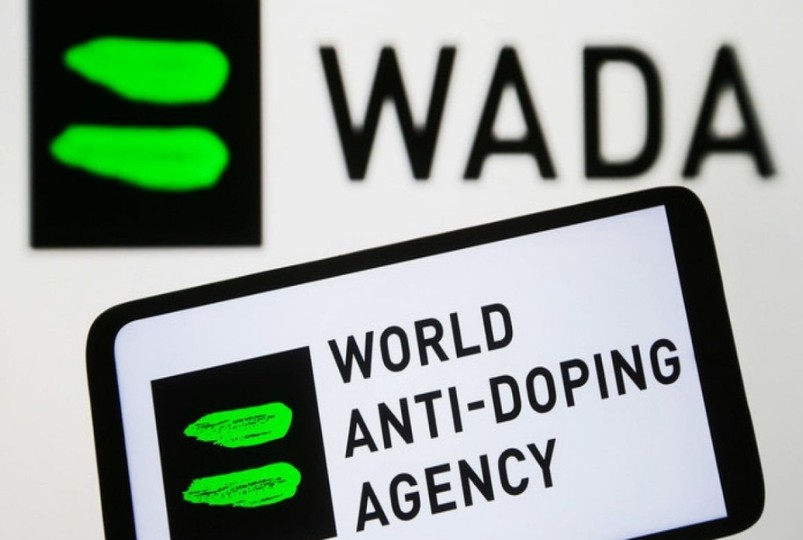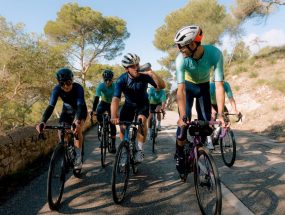Legal Recovery Methods After Workouts: Approved by Anti-Doping Agencies
2,487 views, 23.10.2024
Athletes constantly seek ways to enhance their performance and speed up recovery while staying within the bounds of legality. The importance of recovery cannot be understated, as it helps reduce the risk of injury, improves future performance, and ensures overall well-being. Many recovery methods are scrutinized by anti-doping agencies like WADA (World Anti-Doping Agency) to ensure athletes maintain fair competition standards. This article delves into the legal recovery methods approved by doping committees, focusing on those that boost recovery without crossing the line into prohibited substances.
Nutrition for Recovery
One of the most effective and completely legal ways to support recovery after training is through proper nutrition. Food plays a vital role in replenishing lost energy, repairing muscle tissue, and reducing inflammation.
Carbohydrates and Protein
Post-workout nutrition often focuses on a mix of carbohydrates and protein. Carbohydrates replenish glycogen stores, while protein repairs and builds muscle tissue. Popular post-workout snacks include:
- Protein shakes
- Lean meats
- Fish
- Whole grains
- Vegetables
A typical recovery ratio recommended by sports nutritionists is 3:1 (carbs to protein). Consuming protein within 30 minutes to an hour after a workout has been shown to significantly enhance muscle repair.
Hydration
Proper hydration is another key element in recovery. Water, along with electrolyte-rich beverages like sports drinks, helps replace fluids lost through sweat. Sodium, potassium, and magnesium are crucial electrolytes that help prevent cramps, support muscle function, and regulate blood pressure.
Anti-Inflammatory Foods
Incorporating anti-inflammatory foods into the diet is a great way to speed up recovery. Foods rich in omega-3 fatty acids, such as salmon, chia seeds, and walnuts, reduce muscle soreness and inflammation. Turmeric and ginger are also well-known for their natural anti-inflammatory properties.
Sleep as a Natural Recovery Tool
One of the simplest yet most effective recovery methods is sleep. During sleep, the body produces growth hormones, which are crucial for muscle repair and recovery. Deep sleep, particularly slow-wave sleep, is the most restorative phase, where tissue growth and repair happen.
Athletes should aim for at least 7-9 hours of quality sleep per night. Sleep deprivation can significantly impair recovery, reduce performance, and increase the risk of injury.
Compression Therapy
Compression garments, such as socks, sleeves, or tights, are widely used by athletes to enhance recovery. These garments are designed to improve blood circulation and reduce muscle soreness by applying graduated pressure to the muscles.
Several studies have shown that wearing compression garments during or after exercise can reduce muscle inflammation and speed up recovery by enhancing oxygen delivery to the muscles.
Active Recovery
Active recovery involves performing low-intensity exercise after a strenuous workout to promote circulation and reduce muscle stiffness. Activities like light jogging, swimming, or cycling can help flush out lactic acid and reduce muscle soreness.
Unlike complete rest, active recovery keeps the blood flowing, helping to deliver oxygen and nutrients to fatigued muscles.
Cold Water Immersion (Cryotherapy)
Cryotherapy, or cold water immersion, is a popular recovery method among athletes and is entirely legal. It involves submerging the body in cold water (typically between 50°F and 59°F) for 10-15 minutes. The cold water helps constrict blood vessels, reduce muscle inflammation, and alleviate pain.
After emerging from the cold water, the body experiences a rush of fresh, oxygenated blood, which helps accelerate the healing process. Although not all athletes benefit from this, many find it effective in reducing delayed onset muscle soreness (DOMS).
Foam Rolling and Massage Therapy
Foam rolling is a form of self-myofascial release (SMR) that can help alleviate muscle tightness, soreness, and inflammation. By applying pressure to specific points on the body, athletes can break up scar tissue, reduce muscle knots, and increase blood flow to aid in recovery.
Massage therapy works similarly, improving circulation and reducing muscle tension. Deep tissue massages, in particular, can help with muscle repair, but even lighter forms of massage are beneficial for relaxation and recovery.
Stretching and Mobility Work
Stretching helps improve flexibility, which can enhance an athlete’s range of motion and prevent injury. Post-workout stretching can alleviate muscle tightness and promote blood flow to fatigued areas.
In addition to traditional static stretching, mobility exercises, such as yoga and dynamic stretching, are also useful in maintaining joint health and muscle elasticity. By maintaining flexibility, athletes can reduce the likelihood of strains and injuries.
Legal Supplements for Recovery
Many legal supplements can support recovery without falling into the realm of banned substances. Some of the most commonly used and approved supplements include:
Creatine
Creatine is one of the most extensively studied supplements and has been shown to enhance strength, muscle recovery, and performance. Creatine monohydrate helps restore ATP (adenosine triphosphate), the energy currency of the cells, which is crucial for short bursts of energy in high-intensity activities.
BCAAs (Branched-Chain Amino Acids)
BCAAs, including leucine, isoleucine, and valine, are essential amino acids that promote muscle repair and reduce muscle breakdown. These amino acids are often found in protein-rich foods but can also be taken as supplements to enhance recovery.
Omega-3 Fatty Acids
As mentioned earlier, omega-3 fatty acids have powerful anti-inflammatory properties. Many athletes take omega-3 supplements in the form of fish oil to reduce muscle soreness and improve joint health.
Vitamin D
Vitamin D plays a crucial role in muscle function, and deficiency can lead to fatigue, weakness, and impaired recovery. For athletes who don’t get enough sunlight, a vitamin D supplement can be beneficial for overall health and recovery.
Conclusion
Recovery is a crucial component of athletic success, and there are numerous legal and effective ways to optimize it. Whether through proper nutrition, adequate sleep, active recovery, or the use of compression garments and foam rollers, athletes can enhance their recovery and maintain peak performance. The methods discussed above are not only safe and approved by anti-doping agencies but are also accessible and easy to integrate into a training regimen.





